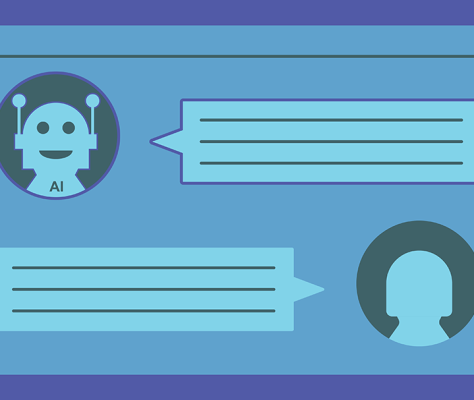The total value of integration for an organization is measured in two ways: direct and indirect value. Articulating value in both is important, but this blog post will define and explore the direct value piece in depth.
The direct value framework
MuleSoft’s value framework refers to the direct value created using modern API services as “platform benefits.” Platform benefits are direct benefits an organization can realize by using a given integration technology and approach. Platform benefits fall into three categories: build, run, and manage risk.

Build: Using a given integration platform and approach to improve the build phase of a project. Benefit areas include fewer hours spent building integrations and APIs, improved project quality, and quicker on-ramping of new developers.
Run: Using a given integration platform and approach to improve the run phase of projects. Benefit areas include fewer maintenance hours associated with integrations and APIs to “keep the lights on”, fewer hours upgrading and updating integrations and APIs, and lower deploy and run costs of the accompanying integration hardware, software and infrastructure.
Manage risk: Finally, using a given integration platform and approach to reduce the risk of vulnerabilities in the enterprise’s IT estate. Benefit areas include increased security and governance of endpoints and increased reliability, availability, and scalability of the integration platform and wider IT architecture.
Assigning a monetary value to each of these platform benefits is straightforward. Simply combine a small set of inputs to represent the organization’s integration current state with expected improvements. These improvements can be based on actual successes seen elsewhere in the organization or benchmarks from third parties. Let’s review an example from a global retailer:
How one global retailer calculated the direct value of integration
A global retail customer evaluated MuleSoft’s API-led connectivity integration approach against their existing custom-code and point-to-point approach. First, the retailer evaluated the financial impact an API-led connectivity approach would have on one of their upcoming projects: $320,000 in build value and $40,000 in maintenance value. From there, they extrapolated their calculations over a three-year period to get a long-term indication of value: $9.6 million in build value and $2.4 million in maintenance value.
Let’s walk through the framework they used to quantify this value.
Platform benefit No. 1: fewer hours building integrations
The first calculation concerns the build phase of integrations. There are two drivers that lead to fewer hours building integrations with an API-led connectivity approach. The first driver is reducing the number of APIs and integration-related assets for each new project since they can be reused from a previous implementation. Reuse is maximized through the use of Anypoint Exchange and a Center for Enablement (C4E) operating model.
The second driver is building new APIs or integration-related assets from scratch with more efficiency. Efficiency is maximized through one skill set across the integration organization, using a single integration tool: MuleSoft’s Anypoint Platform has an easy-to-use UI, prebuilt functionality, and is compatible with third-party software to make the Software Development Life Cycle (SDLC) more efficient with continuous integration and continuous deployment (CI/CD).
Using MuleSoft’s framework, the retailer was able to pinpoint the number of development hours an API-led connectivity approach would save their organization.
Platform benefit No. 2: fewer hours maintaining integrations
Similar to the previous calculation, there are two drivers that lead to fewer hours required to maintain integrations with MuleSoft’s API-led connectivity approach. First, instead of creating new APIs for every integration project, all of which need to be maintained separately, organizations are able to reuse their existing APIs and components and reduce the hours required for maintenance. The global retailer calculated a 40% reuse rate that would ultimately save $40,000 in annual maintenance value per project and $2.4 million over a three-year period.
Second, APIs are able to be maintained more efficiently. Anypoint Platform’s end-to-end monitoring capabilities and standardized APIs make diagnosing and fixing potential issues faster and require less effort than traditional integration approaches.
To see these calculations in action – numbers, charts, and all – read our whitepaper How to articulate the value of integration. You can also use our online Value Calculator to uncover 5 years of integration impact for your own organization in just 5 minutes.









